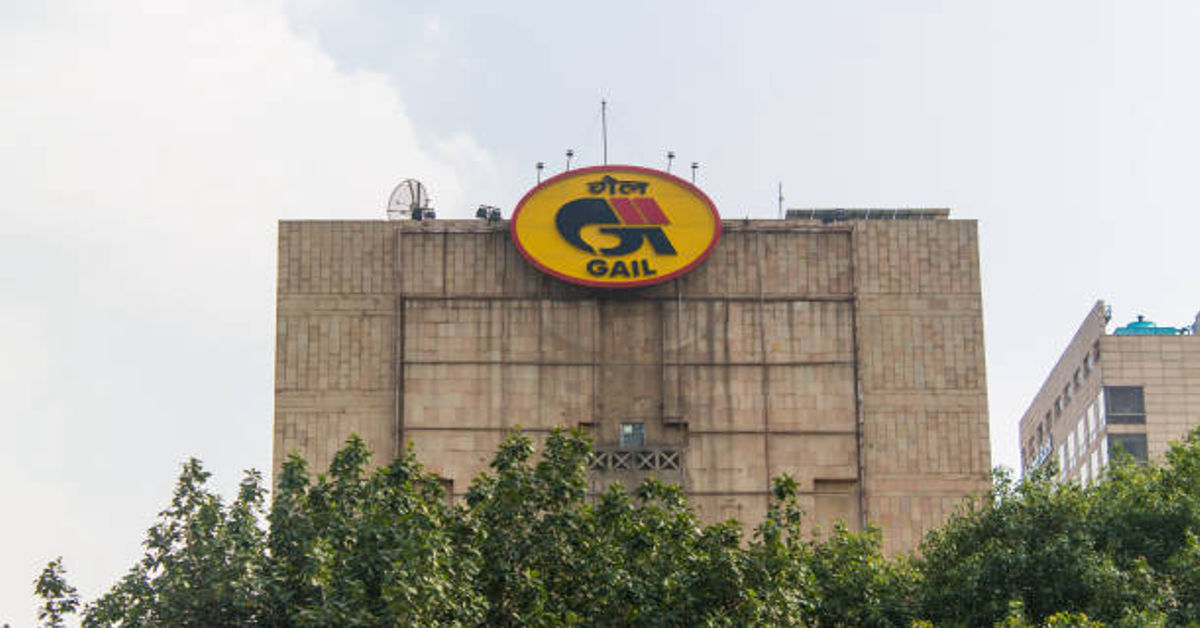Gas Authority of India Limited (GAIL) stands as a pivotal entity in India’s energy sector, serving as the largest state-owned natural gas processing and distribution company. Established in 1984, GAIL has emerged as a crucial facilitator in ensuring energy security, fostering economic development, and promoting sustainable energy use across India. Its extensive network of pipelines, gas processing units, and strategic infrastructure investments has allowed it to play a central role in India’s transition towards cleaner and more efficient energy sources. Understanding GAIL requires a multi-dimensional examination of its organizational structure, operations, projects, financial performance, and its role in India’s broader energy landscape.
History and Evolution of GAIL
GAIL was founded as part of the Indian government’s initiative to consolidate and strengthen the nation’s natural gas infrastructure. Initially, the company focused primarily on transporting natural gas from major production sites in eastern India to industrial and urban centers. Over the years, GAIL has diversified its operations, expanding into areas such as petrochemicals, liquefied petroleum gas (LPG) distribution, city gas distribution (CGD), and renewable energy projects. Its journey from a domestic pipeline operator to an integrated energy company reflects India’s increasing reliance on natural gas as a cleaner alternative to coal and oil.
Key Milestones of GAIL
| Year | Milestone |
|---|---|
| 1984 | GAIL established under the Ministry of Petroleum and Natural Gas. |
| 1988 | Completed first major cross-country pipeline linking Hazira to Vijaipur. |
| 1990 | Expanded into LPG and petrochemical businesses. |
| 2000 | Listed on the Bombay Stock Exchange and National Stock Exchange. |
| 2010 | Entered into city gas distribution projects across major Indian cities. |
| 2020 | Invested in renewable energy and hydrogen projects as part of sustainability initiatives. |
These milestones reflect GAIL’s growth trajectory from a pipeline-centric company to a diversified energy conglomerate, ensuring it remains relevant amid global energy transitions.
Organizational Structure
GAIL’s organizational structure is designed to efficiently manage its complex operations spanning multiple sectors. At the helm, the company is governed by a Board of Directors appointed by the Government of India, with the Chairman and Managing Director overseeing strategic and operational execution. The company is divided into several functional divisions including:
- Natural Gas Transmission: Focuses on transporting natural gas from production fields to industrial, commercial, and domestic users.
- Petrochemicals: Engaged in the production of polymers and chemicals derived from natural gas.
- City Gas Distribution: Provides piped natural gas to households, commercial establishments, and transport sectors.
- LNG Import and Regasification: Facilitates the import and distribution of liquefied natural gas to supplement domestic supply.
- Renewable Energy: Develops solar, hydrogen, and bioenergy projects as part of sustainability initiatives.
This structure ensures that GAIL operates as a fully integrated energy company, capable of leveraging synergies across its divisions.
Core Operations of GAIL
Natural Gas Transmission
GAIL’s pipeline network is its most critical asset, spanning over 13,000 kilometers and covering multiple states. The network transports natural gas from major production basins in Assam, Tripura, and the Krishna-Godavari basin to industrial and urban centers in western, northern, and southern India. GAIL’s gas transmission system includes both high-pressure trunk pipelines for long-distance transport and regional pipelines connecting smaller industrial clusters.
Gas Processing
GAIL operates several gas processing plants across India, which are responsible for removing impurities and separating valuable by-products like propane, butane, and natural gas liquids (NGLs). These plants ensure that the natural gas delivered is of high quality and suitable for both industrial and domestic use.
Petrochemicals and LPG
GAIL has strategically diversified into petrochemicals by producing polymers like polyethylene and polypropylene from natural gas feedstock. Additionally, it plays a significant role in LPG distribution, particularly in regions not served by other private players. These operations create revenue diversification and strengthen GAIL’s position in the energy value chain.
City Gas Distribution (CGD)
The CGD segment involves supplying piped natural gas (PNG) to households and compressed natural gas (CNG) to vehicles. GAIL has city gas licenses in over 30 urban centers, catering to millions of consumers and contributing to reduced air pollution in urban areas. The company actively collaborates with state governments and municipalities to expand CGD networks in smaller cities.
LNG Imports and Regasification
To meet the growing demand for natural gas, GAIL imports liquefied natural gas (LNG) from international markets. The imported LNG is regasified at terminal facilities and then supplied to industrial and commercial consumers. This capability allows GAIL to mitigate domestic supply shortages and maintain energy security.
Financial Performance
GAIL’s financial stability reflects its strategic importance and operational efficiency. Over the years, the company has maintained consistent revenue growth, driven by expansion in pipeline capacity, CGD networks, and petrochemical production. Its revenue comes from multiple streams:
| Revenue Stream | Contribution (%) |
|---|---|
| Gas Transmission | 40-45% |
| City Gas Distribution | 25-30% |
| Petrochemicals | 15-20% |
| LNG Trading | 10-15% |
| Others (Renewable Projects) | 5% |
GAIL’s diversified revenue portfolio ensures resilience against market fluctuations in any single segment, making it a financially robust public sector undertaking.
Infrastructure and Pipeline Network
GAIL’s infrastructure is foundational to its operations. Its pipeline network is divided into various corridors for optimized distribution:
- Hazira-Vijaipur-Jagdishpur (HVJ) Pipeline: Connects western India to the northern industrial belt.
- Dahej-Vijaipur Pipeline: Transports gas from LNG terminals to central India.
- Rajahmundry-Kakinada Pipeline: Supports eastern India industrial clusters.
These pipelines are equipped with modern monitoring systems, including SCADA (Supervisory Control and Data Acquisition) technology, ensuring safe and efficient gas flow.
Strategic Initiatives and Sustainability
In recent years, GAIL has focused on sustainability and green energy initiatives. This includes investment in:
- Hydrogen production: For industrial and transport applications.
- Bioenergy projects: Utilizing agricultural and industrial waste.
- Solar energy plants: Supporting renewable energy adoption in rural areas.
These initiatives align with India’s commitment to reduce carbon emissions and transition to cleaner energy sources.
Challenges and Opportunities
Despite its success, GAIL faces certain challenges:
- Domestic gas supply constraints due to fluctuating production from Indian basins.
- Competition from private CGD operators and LNG importers.
- Infrastructure modernization needs for older pipelines.
However, opportunities such as expanding CGD networks, participating in hydrogen and renewable energy projects, and international LNG trade position GAIL for long-term growth.
Conclusion
GAIL India Limited has evolved from a domestic natural gas transporter to a fully integrated energy company with diverse operations spanning gas transmission, petrochemicals, LNG imports, and city gas distribution. Its strategic investments in renewable energy and commitment to sustainability reflect the company’s vision for the future. As India continues to pursue cleaner and more efficient energy solutions, GAIL’s role becomes increasingly critical, making it not just a cornerstone of the energy sector, but also a key player in the nation’s economic and environmental development.
FAQs about GAIL
- What does GAIL stand for?
GAIL stands for Gas Authority of India Limited, the largest natural gas company in India. - What are the main operations of GAIL?
GAIL operates in natural gas transmission, petrochemicals, LNG imports, city gas distribution, and renewable energy. - How extensive is GAIL’s pipeline network?
GAIL’s network spans over 13,000 kilometers across multiple states, connecting production sites to industrial and urban centers. - Is GAIL involved in renewable energy?
Yes, GAIL invests in solar energy, hydrogen production, and bioenergy projects to support sustainable development. - How does GAIL contribute to India’s energy security?
By transporting, processing, and distributing natural gas and LNG, GAIL ensures reliable energy supply for industrial, commercial, and domestic use.









